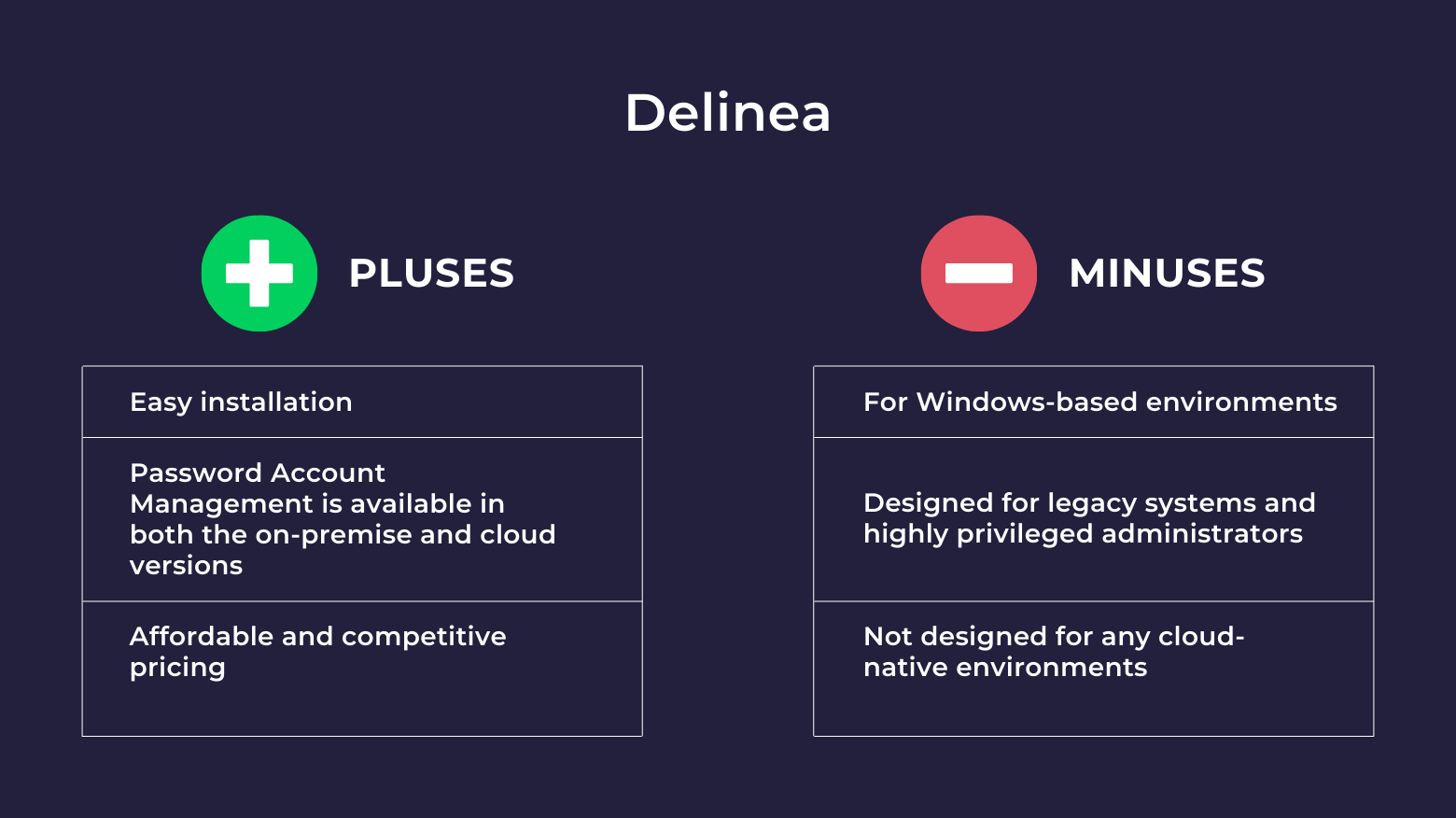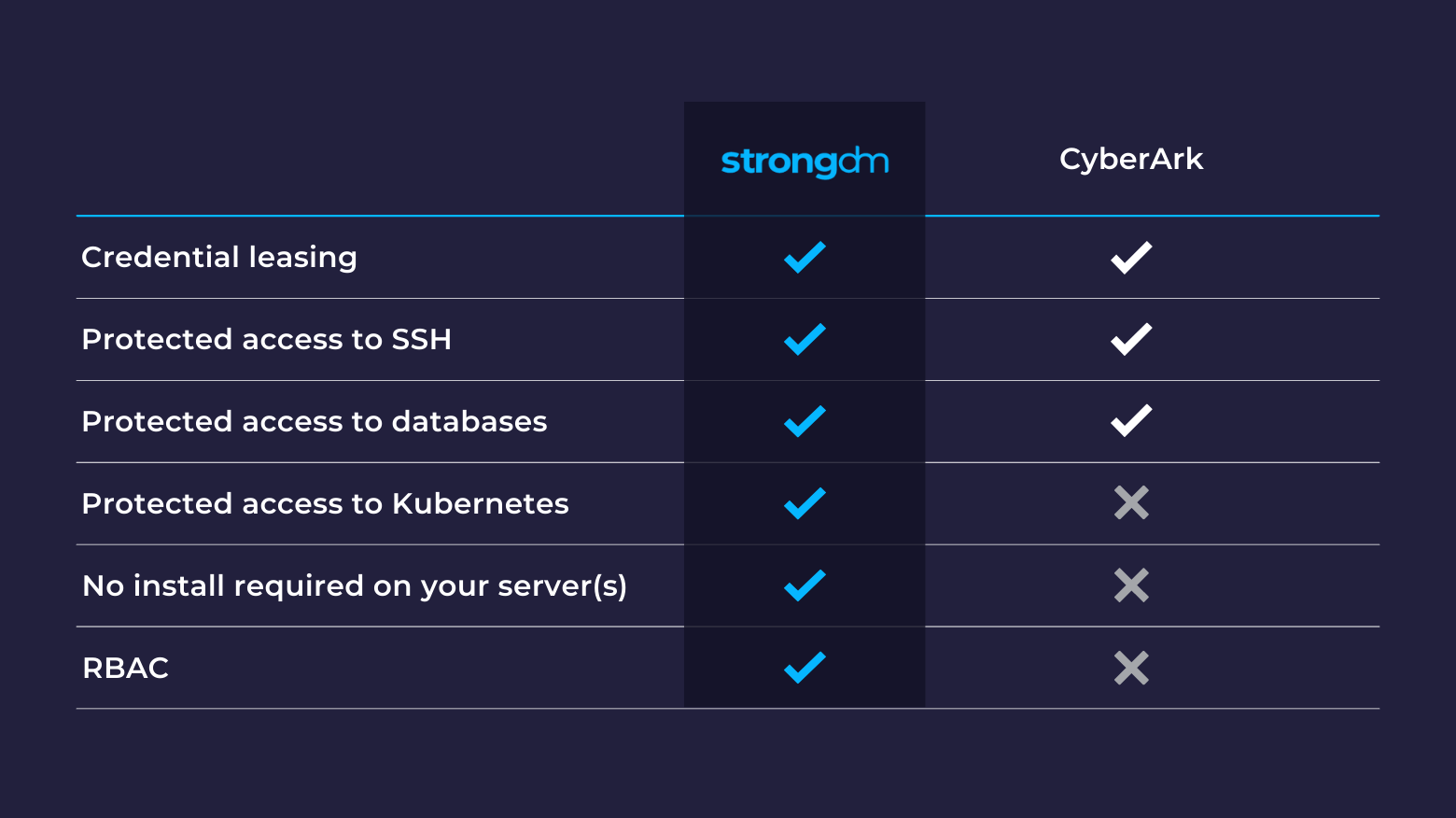HashiCorp Boundary is an open-source identity access management (IAM) tool that facilitates secure user access to dynamic hosts and critical infrastructure across environments. However, if you need a simple and secure way to manage access to databases, Kubernetes clusters, cloud CLIs, switches, routers, or internal web applications, there are other services to consider. In this blog post, we’ll take a look at a few alternatives and discuss the strengths and weaknesses of each. First, a quick














